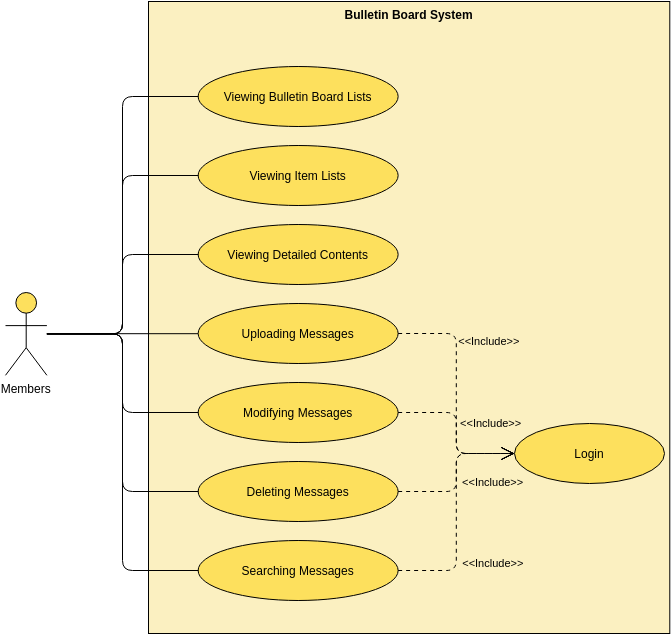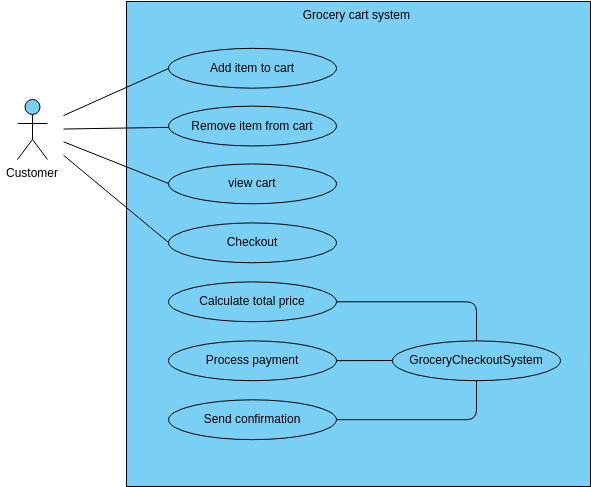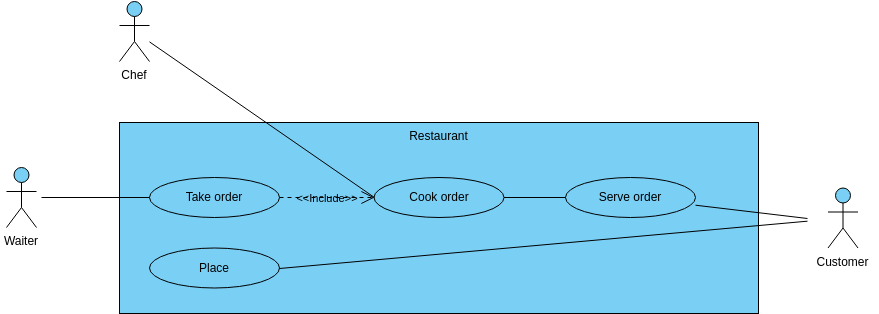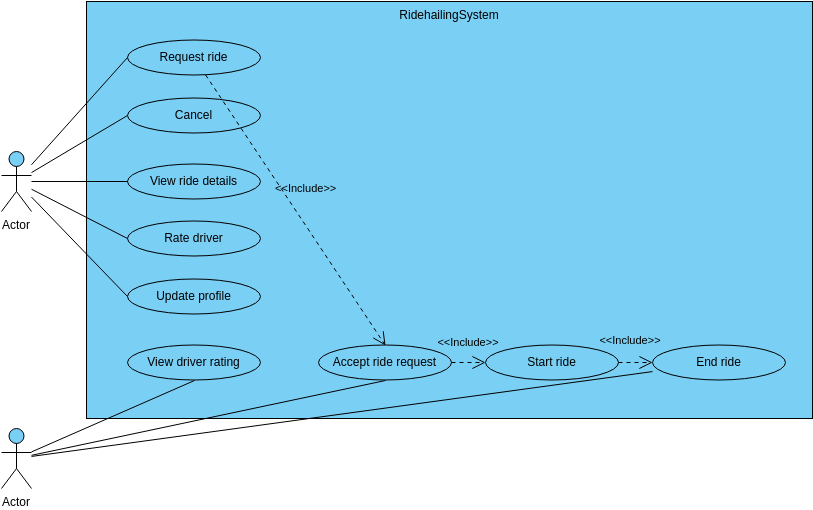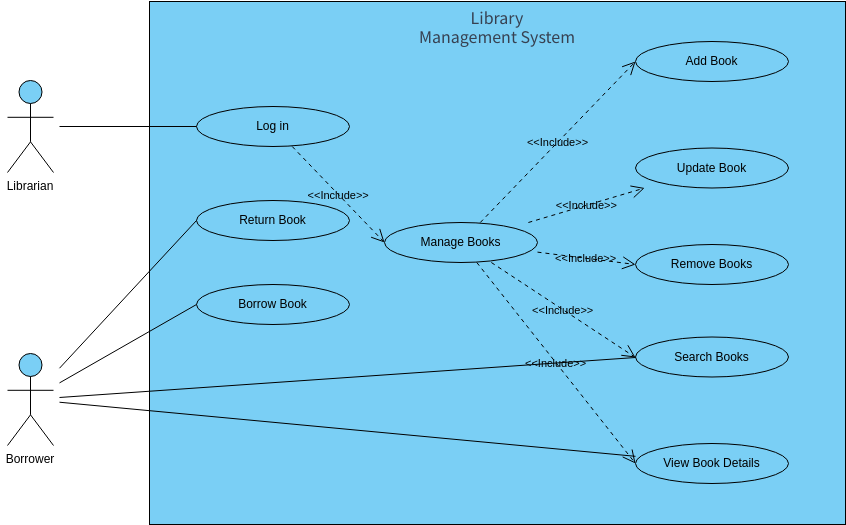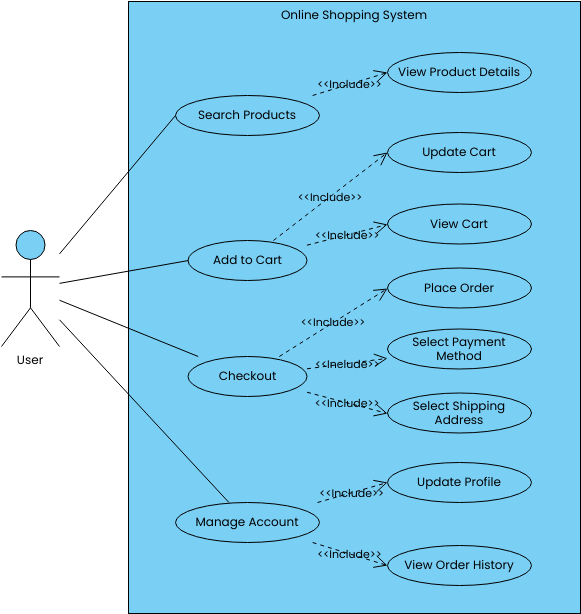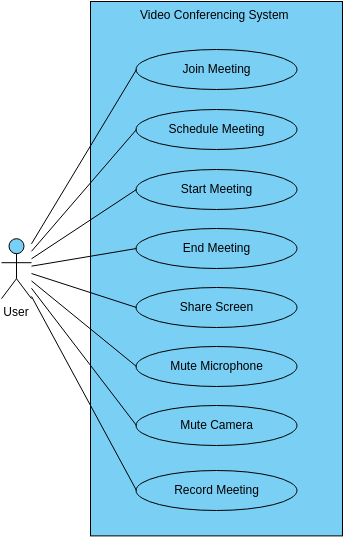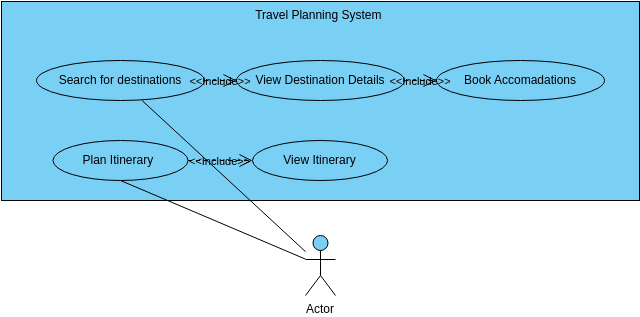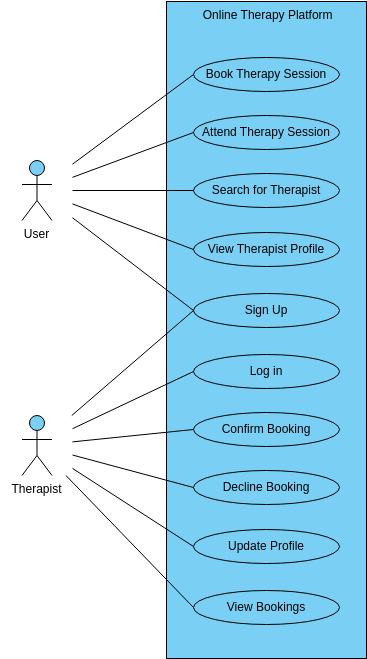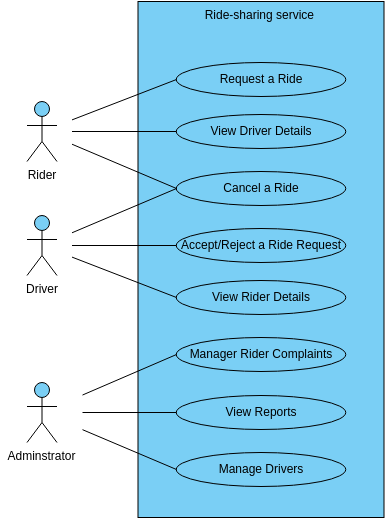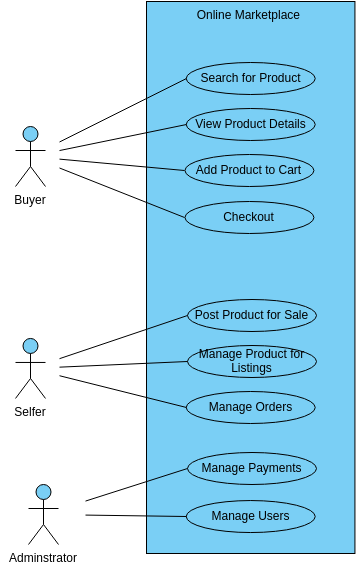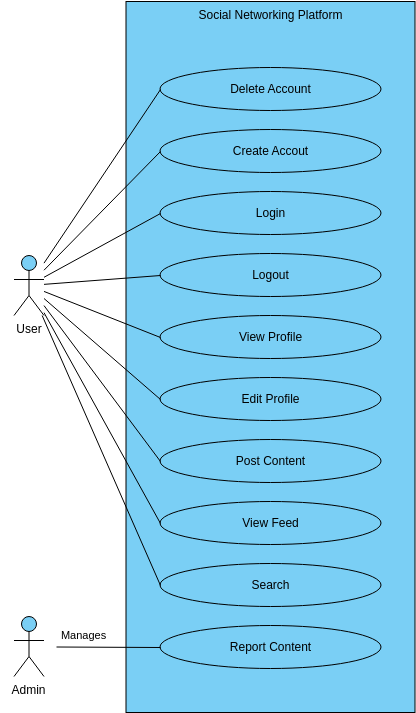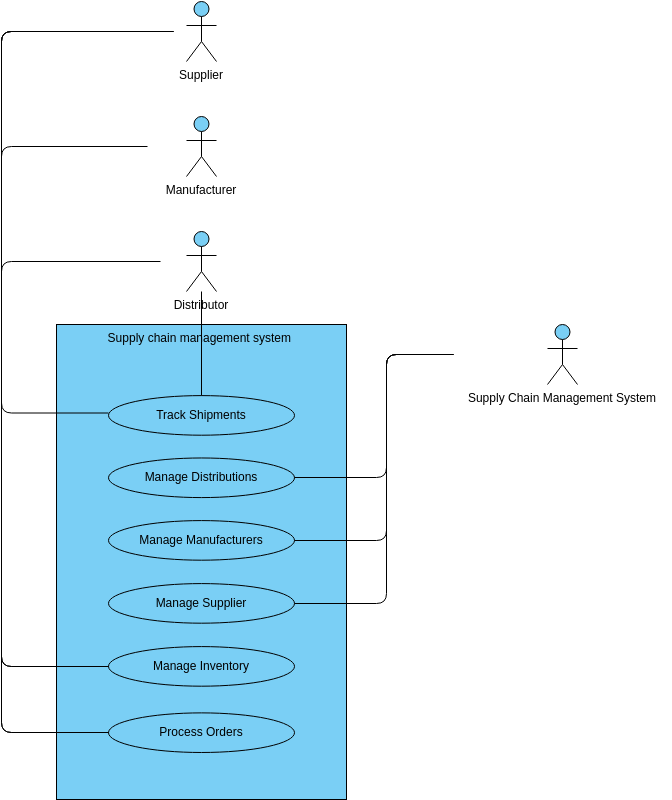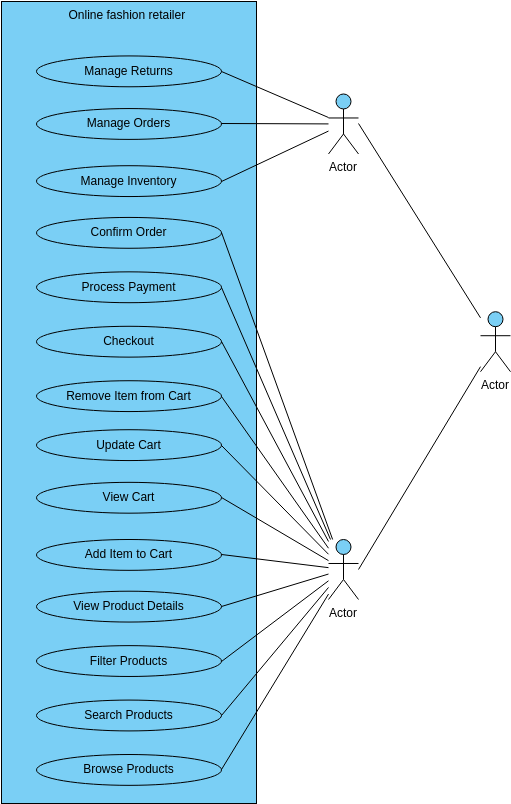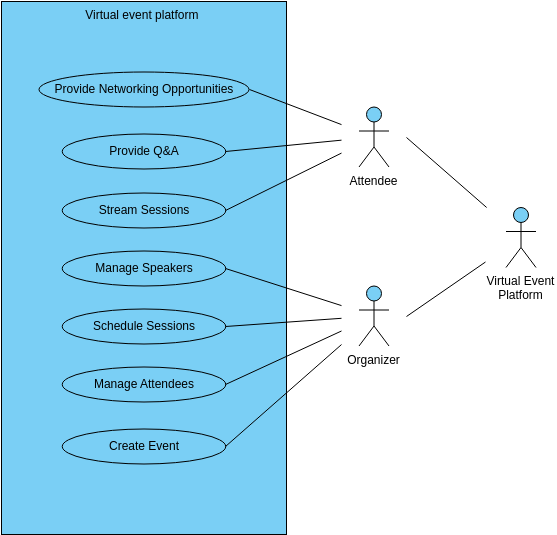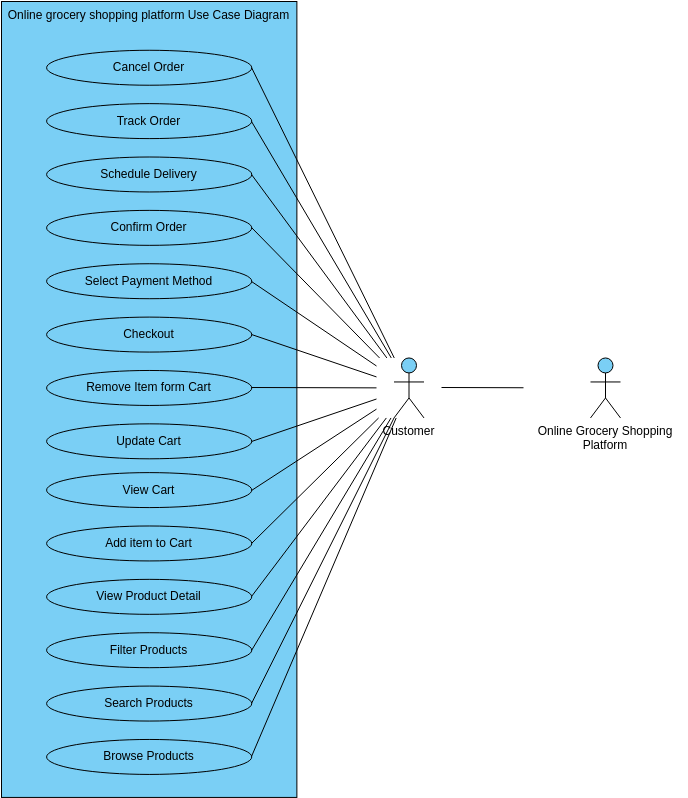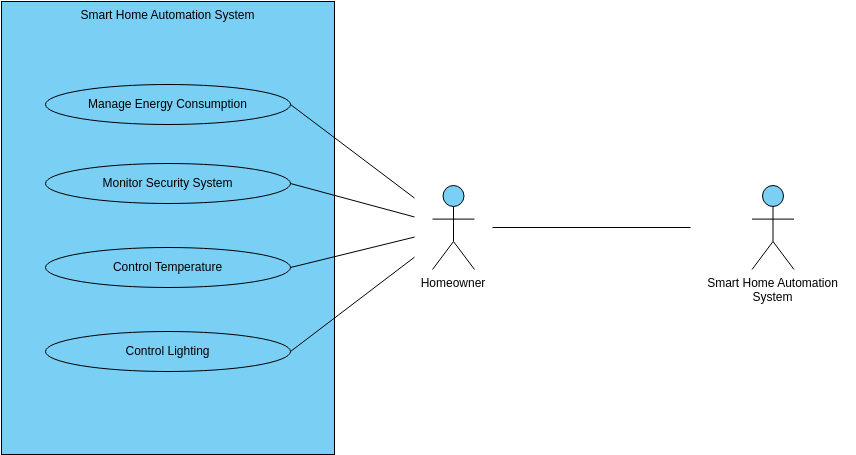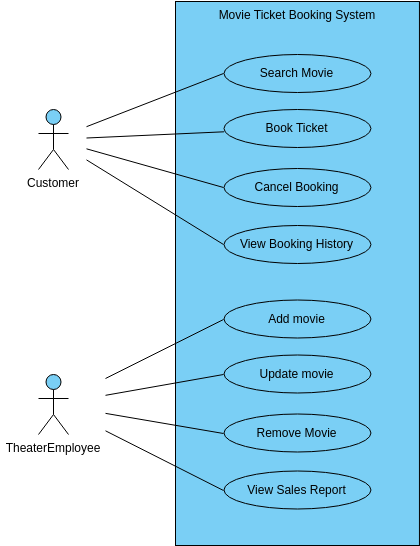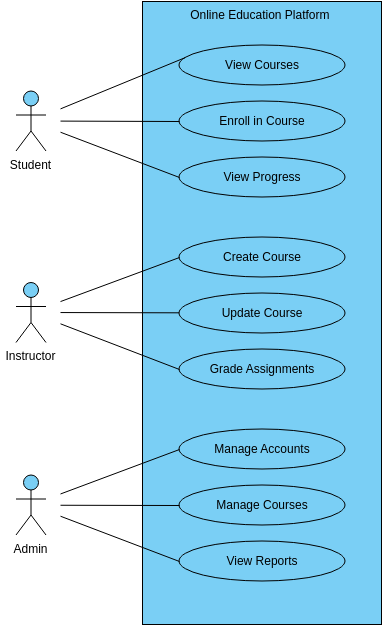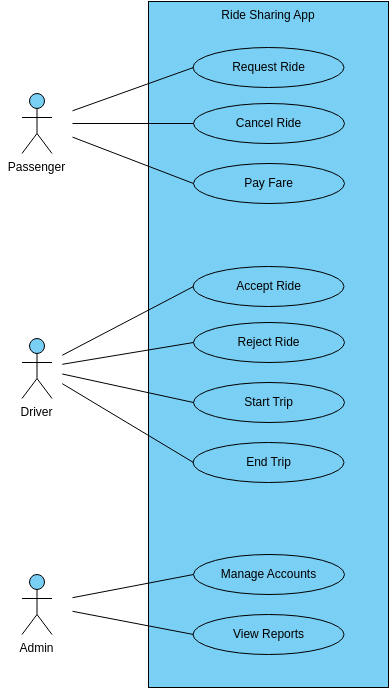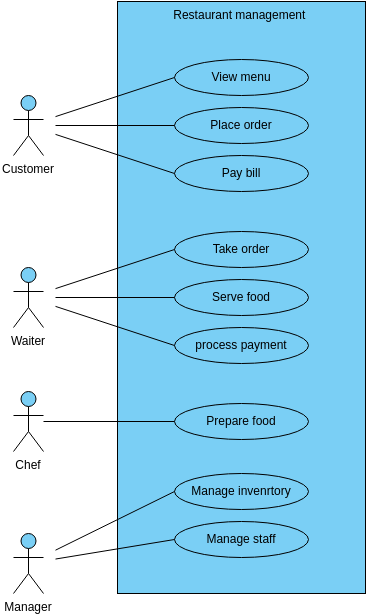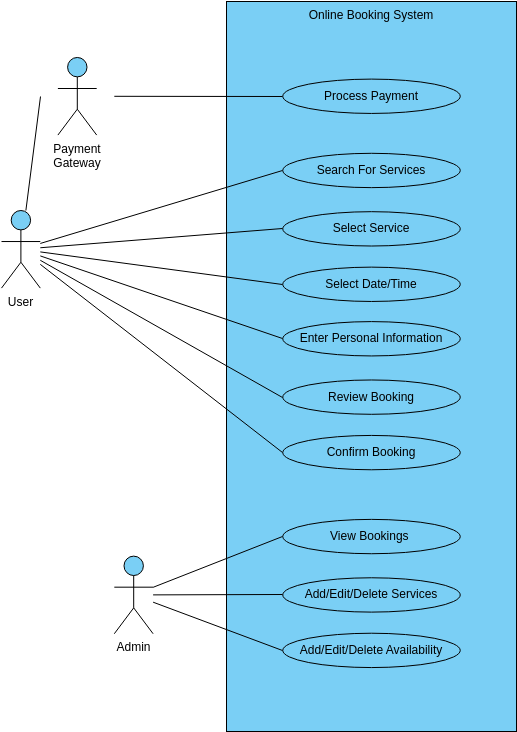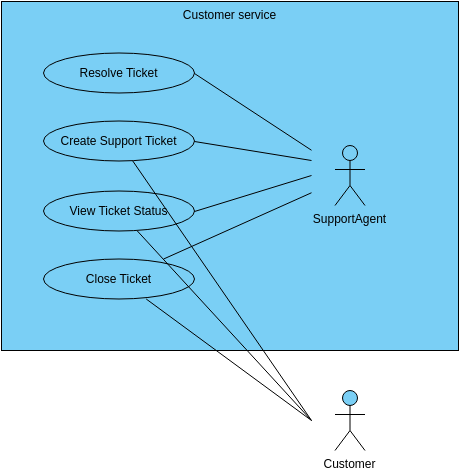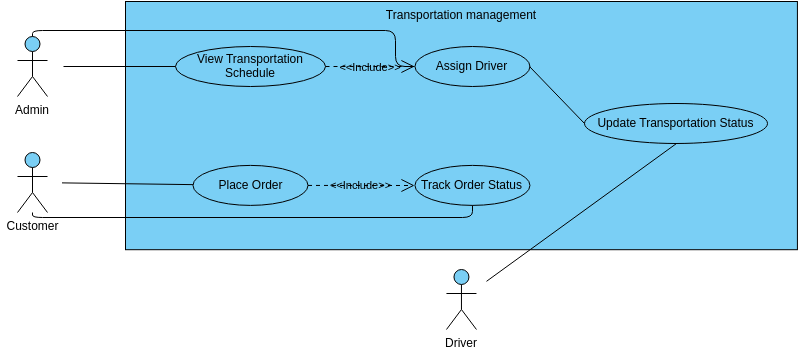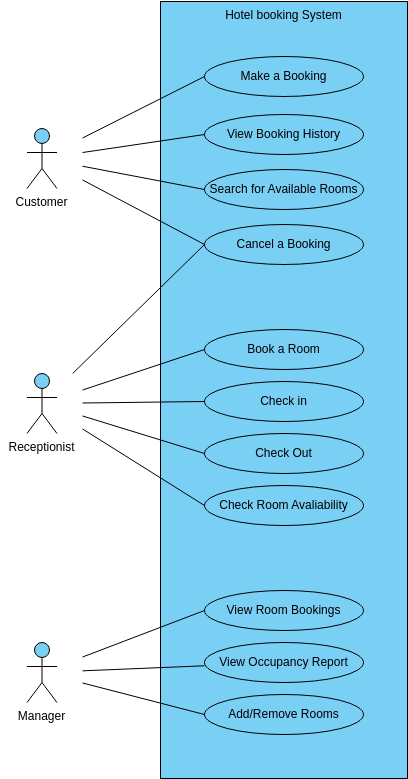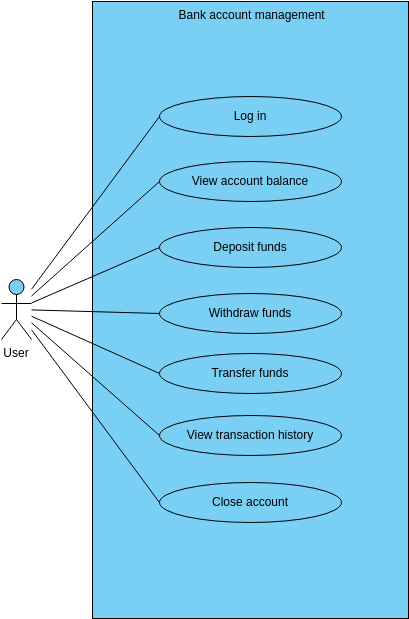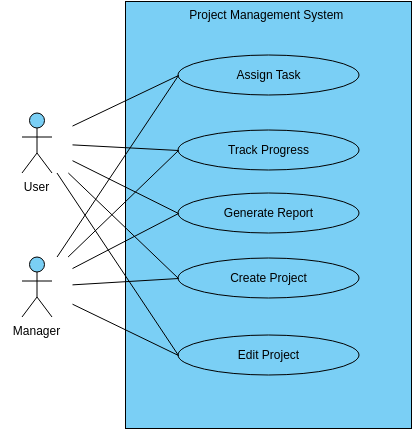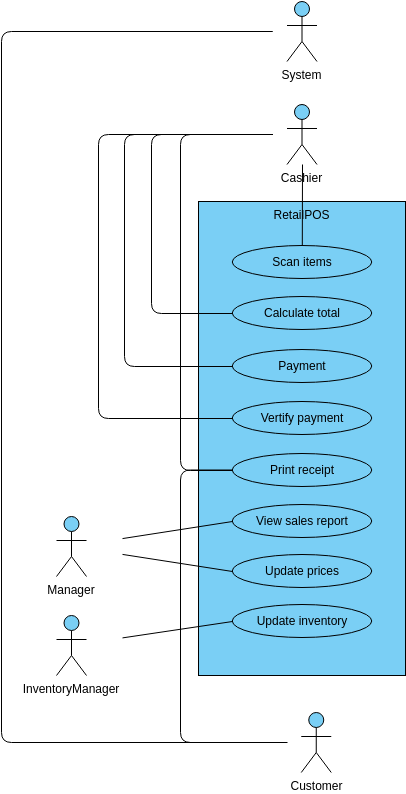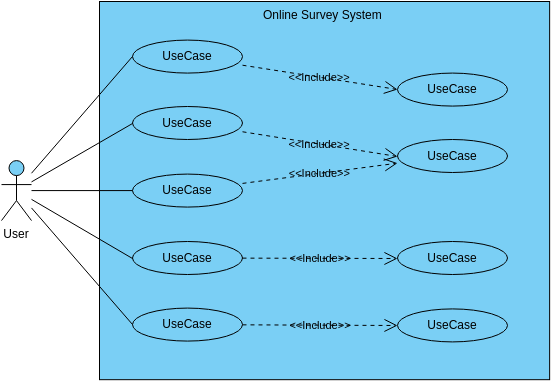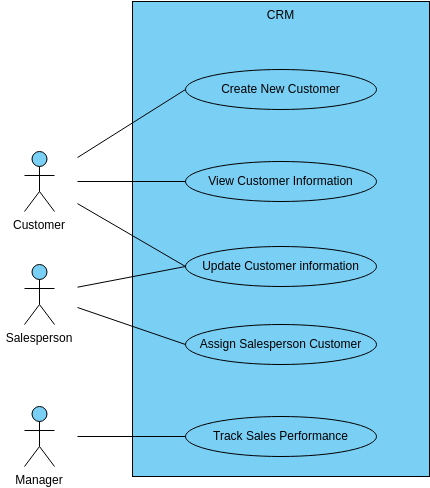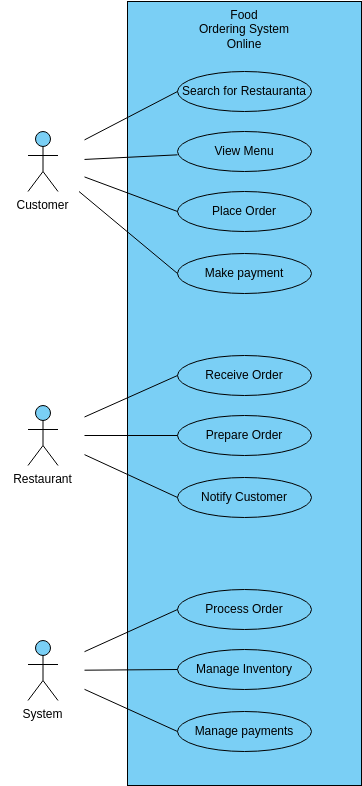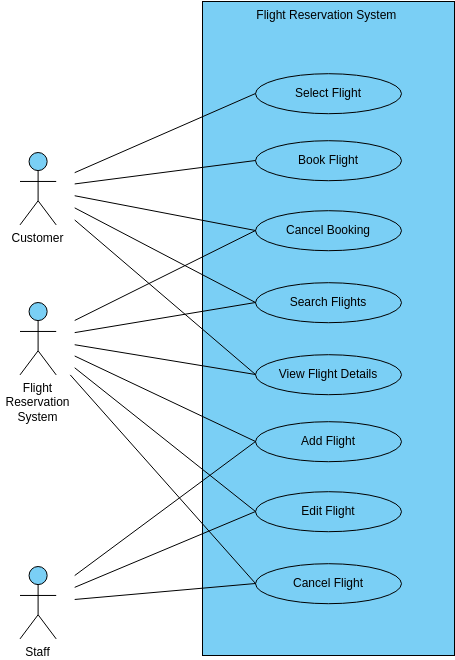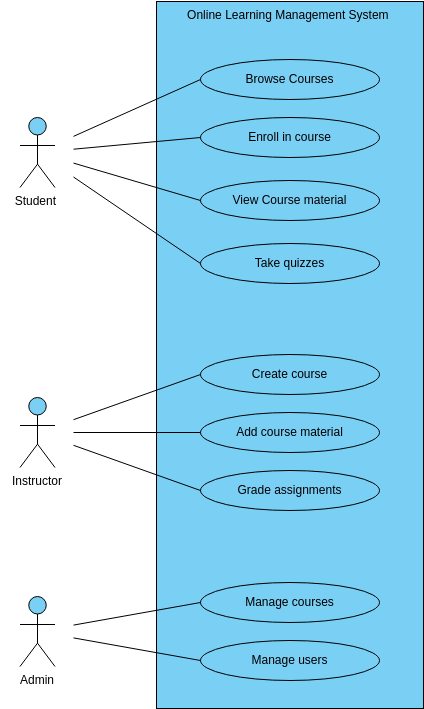The Bulletin Board System use case model represents the different actions that a user can perform while interacting with a bulletin board system. The first use case, Viewing Bulletin Board Lists, allows the user to view the different bulletin boards available on the system. This use case is essential as it enables the user to select the bulletin board of their choice and view the messages posted on it.
The second use case, Viewing Item Lists, allows the user to view the list of messages posted on a specific bulletin board. This use case is crucial as it enables the user to access the messages that are relevant to them and ignore the ones that are not. The user can filter the messages based on different criteria such as date, author, or topic, making it easier for them to find the information they need.
The third use case, Viewing Detailed Contents, allows the user to view the details of a specific message. This use case is important as it enables the user to access the full content of the message and understand the context in which it was posted. The user can also access the comments and replies to the message, enabling them to engage in discussions with other users.
The fourth use case, Uploading Messages, enables the user to post new messages on the bulletin board system. This use case is essential as it enables the user to share their thoughts and ideas with others and engage in discussions. The user can upload messages on different bulletin boards based on their relevance and audience.
Advantages of creating this diagram
Creating a use case model, such as the Bulletin Board System diagram, provides several advantages for the development of a bulletin board system. Firstly, it helps to identify all the different functionalities that the bulletin board system needs to have. This enables developers to design and implement the system in a structured and organized manner, ensuring that all important features are included. It also helps them to prioritize features based on their significance and relevance to users.
Secondly, a use case model helps to understand the interactions between users and the system. It enables developers to identify potential issues and challenges that users may face while using the bulletin board system. This can help them to design solutions that can address these issues and make the system more user-friendly, efficient, and effective. Overall, creating a use case model ensures that the bulletin board system is designed and developed with the end-users in mind, leading to a better user experience and increased user satisfaction.
